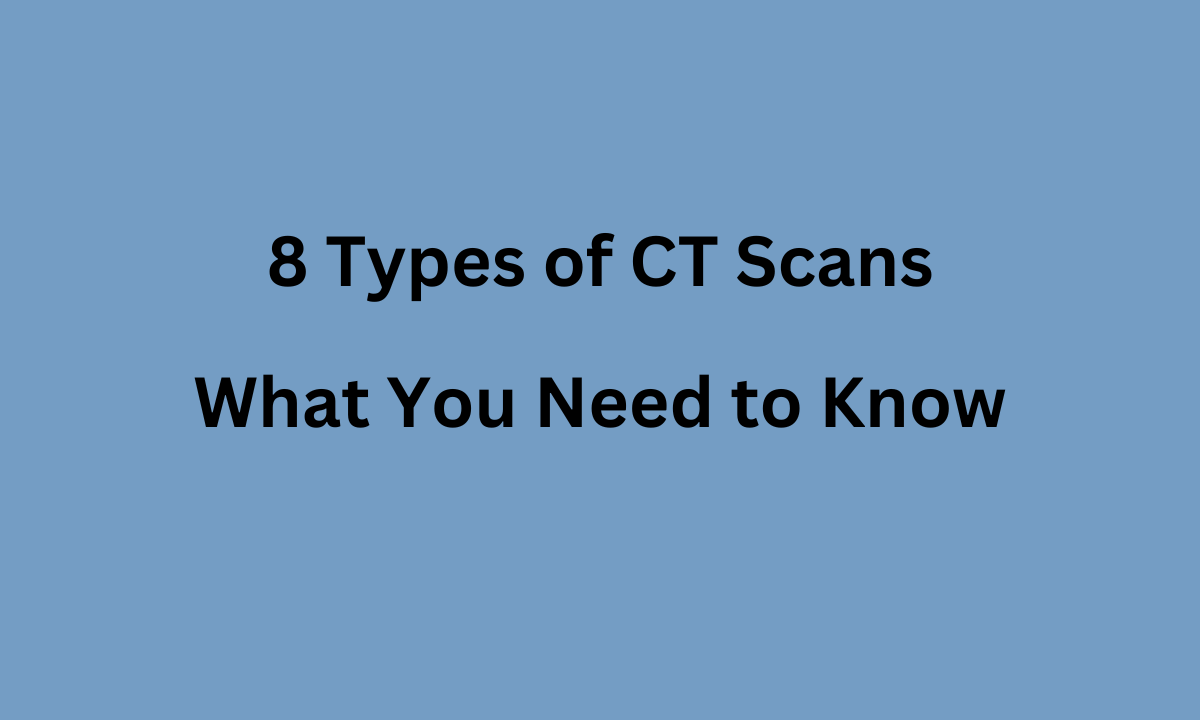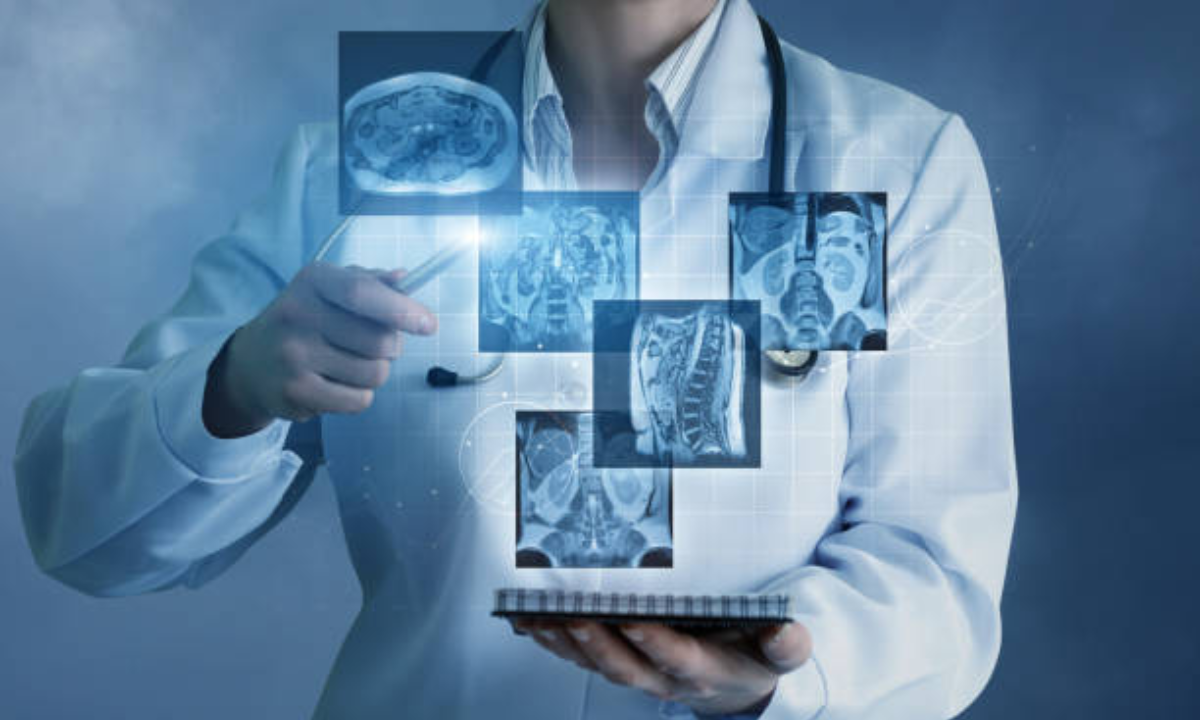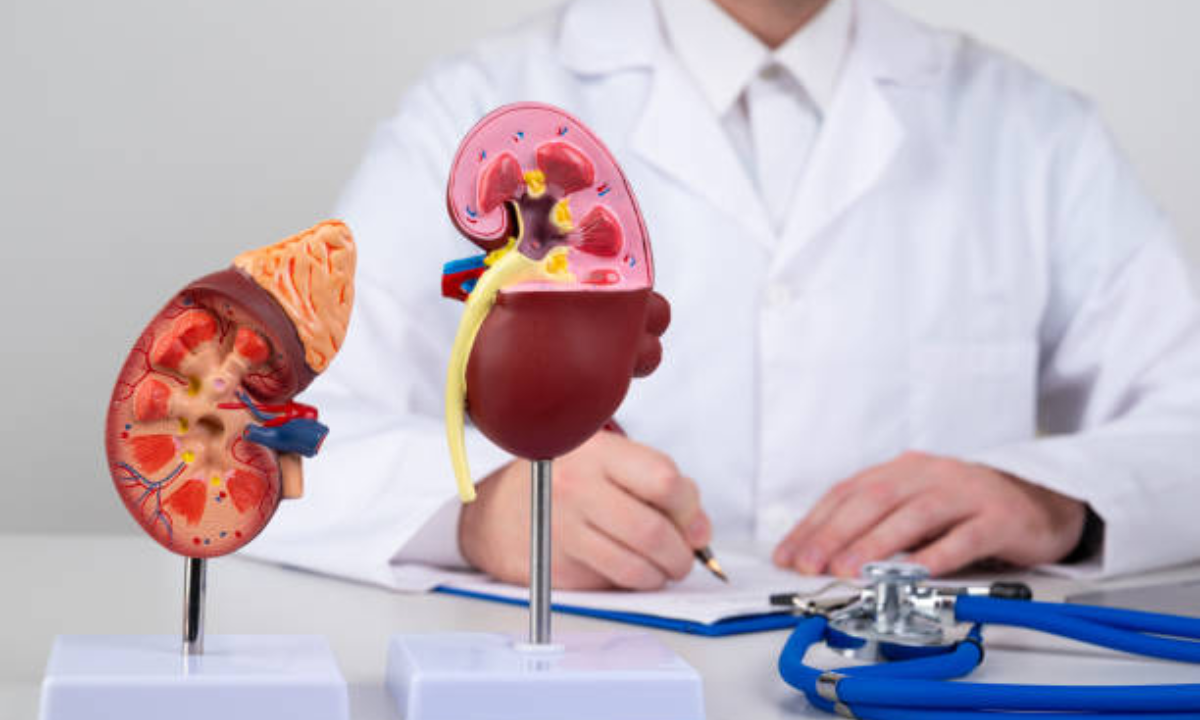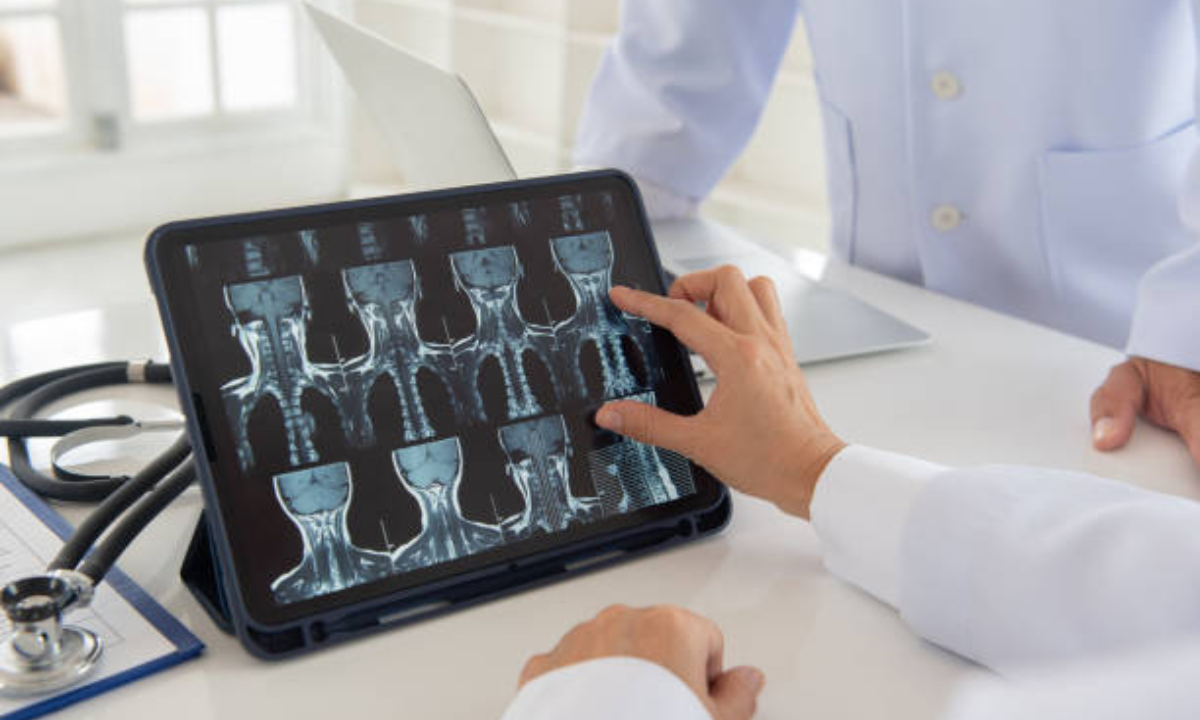Computed Tomography (CT) scans are vital in medical imaging because they provide precise pictures of inside body components. These scans help doctors diagnose different illnesses, plan therapies, and track disease development. CT scans provide cross-sectional images using X-rays and computer processing, giving a detailed view of the inside of the body.
If you’re looking for a CT Scan in Bangalore, knowing the many types available will help you and your doctor select the best option for your circumstances. This article discusses the main eight types of CT scans, describing their distinct uses and contributions to good medical care. CT scans are essential in modern diagnostics, from detecting lung infections to examining abdominal organs. They ensure accurate and fast medical interventions.
How Do CT Scans Work?
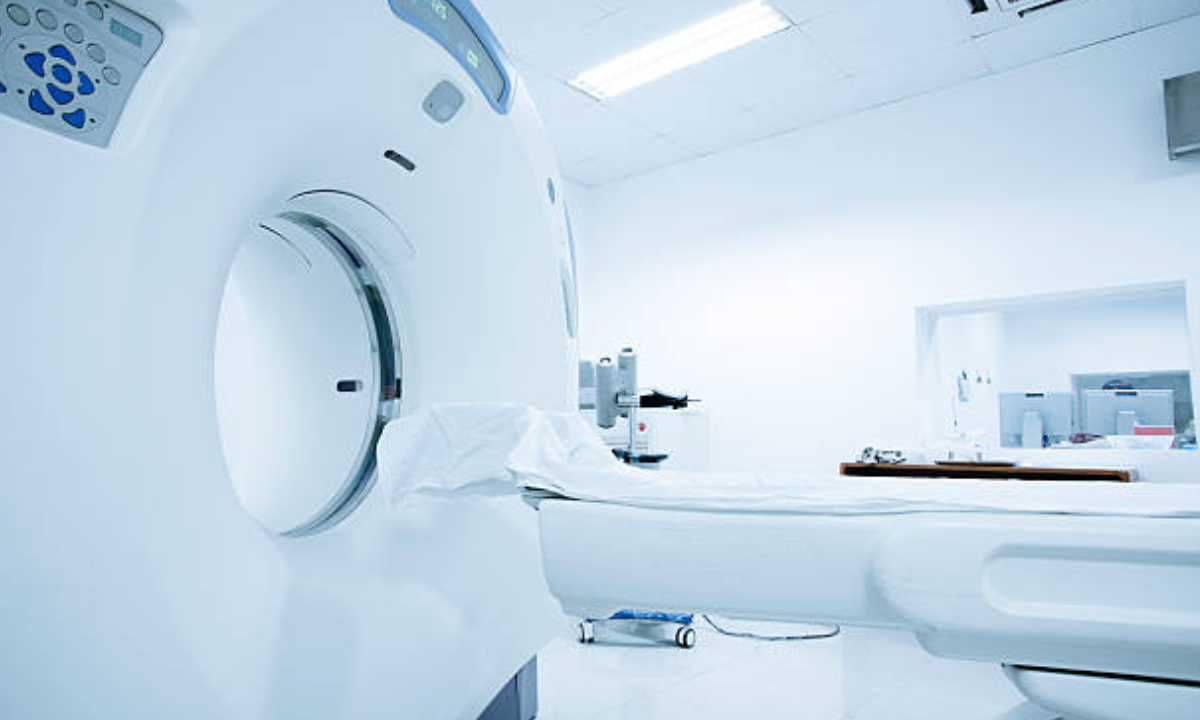
CT scans, an important tool in medical imaging, employ X-rays and computer technology to create cross-sectional images of the body. During the process, the patient lies on a table that slides inside a circular machine. The X-ray tube spins around the subject, capturing several images from different angles. A computer then processes these photos, producing detailed, two-dimensional slices that can be merged to build comprehensive three-dimensional images.
For individuals seeking advanced medical imaging, diagnostic centers in Bangalore provide cutting-edge CT scan services. Understanding how CT scans function can help people realize the precision and value they provide for diagnosing and monitoring a variety of medical issues. CT scans are important in modern healthcare because they provide clear and comprehensive images of inside structures, allowing clinicians to make correct diagnoses and plan appropriate treatments.
1. Chest CT Scans
A chest CT scan examines the lungs, heart, and blood vessels. They produce detailed and exact images of the chest cavity, which aid in the diagnosis of conditions like lung cancer, pulmonary embolism, and infections.
Benefits: Unlike normal X-rays, chest CT scans produce vast and detailed images, making it easier to identify problems that would otherwise go undiscovered. This level of detail is crucial for accurate diagnosis and adequate treatment planning, ensuring that any chest issues are diagnosed and addressed as soon as feasible.
2. Head CT scans.
The goal of head CT scans is to diagnose brain illnesses such as strokes, tumors, and traumatic brain injuries. They provide clear images of the brain, enabling clinicians to evaluate and diagnose a wide range of neurological diseases.
Benefits: These scans can detect critical conditions such as bleeding, edema, and other anomalies immediately, allowing for speedier diagnosis and treatment. Complete imaging ensures that serious illnesses are addressed immediately, improving patient outcomes and guiding appropriate medical activity.
3. Full-body CT scans
Whole-body CT scans give detailed imaging of the entire body, making them extremely useful in trauma cases for assessing multiple injuries and in cancer patients for tracking disease development.
Benefits: These scans provide a full assessment, allowing clinicians to uncover illnesses that affect several bodily systems. The precise images aid in accurate diagnosis and treatment planning, ensuring that any underlying issues are addressed early on, hence improving patient care and outcomes.
4. Kidney CT scans.
Kidney CT scans examine the kidneys, ureters, and bladder. They are effective for detecting kidney stones, cancer, and other urinary tract issues.
Benefits: By providing exact images of the urinary system, these scans aid in the proper diagnosis and treatment of a wide range of conditions. This level of detail allows healthcare providers to develop appropriate treatment plans, which leads to better patient outcomes and more effective management of urinary tract disorders.
5. CT scan of the spine.
Spine CT scans are used to assess spinal injuries, degenerative diseases, and abnormalities in the cord. They are critical for diagnosing herniated discs, fractures, and other spinal issues.
Benefits: These scans produce detailed images of the vertebrae and spinal canal, allowing for precise diagnosis and treatment planning. The exact visualization allows healthcare providers to highlight specific issues, ensuring that patients receive the best possible treatment for their spine illnesses.
6. Abdominal CT scans
Abdomen CT scans are used to examine vital organs such as the liver, pancreas, spleen, and intestines. They are especially valuable in identifying appendicitis, liver illness, and abdominal malignancies.
Benefits: By giving thorough images of the abdominal organs, these scans allow for accurate diagnosis and treatment planning. Abdominal CT scans provide doctors with the clarity and information they need to effectively diagnose and address numerous abdominal disorders, ensuring that patients receive appropriate and timely care.
7. Neck CT scans.
Neck CT scans are used to evaluate the structures of the neck, such as the throat, voice cords, and lymph nodes. They are critical for detecting infections, tumors, and other abnormalities in this area.
Benefits: Neck CT scans give comprehensive imaging, enabling for accurate diagnosis and treatment of neck and throat conditions. This precision allows healthcare providers to diagnose difficulties more quickly and develop individualized treatment strategies, ensuring that patients receive the best care possible for their specific conditions.
8. CT Bone scans.
CT bone scans are designed to detect bone injuries, fractures, and illnesses like osteoporosis. They are crucial for identifying and monitoring a wide range of bone-related diseases.
Benefits: These scans provide detailed images of the bones, allowing clinicians to correctly identify and monitor bone problems. CT bone scans are crisp and accurate, making it easier to detect the severity of fractures or anomalies. This leads to more effective treatment options and better patient outcomes.
Conclusion
CT scans are essential tools in modern medical imaging because they produce detailed images of several body parts, allowing doctors to diagnose and monitor a wide range of conditions. They play an important role in diagnosing major concerns and tracking illness progression, which has a considerable impact on patient outcomes. Understanding the many types of CT scans and their specialized applications allows patients and healthcare providers to make more educated decisions regarding medical imaging and treatment options.
Those in need of CT scan services should seek out a reputable diagnostic center with cutting-edge technology and well-educated radiologists. If you want a CT scan in Bangalore, numerous diagnostic centers offer comprehensive services to ensure accurate diagnoses and effective treatment plans. Staying informed about the many types of CT scans and their benefits can help patients and doctors collaborate more effectively to achieve the best health outcomes.
Kiranpet Diagnostic Centre offers comprehensive medical imaging and diagnostic services, providing accurate and timely results to support patient care. Contact us today +91 70902 70904

